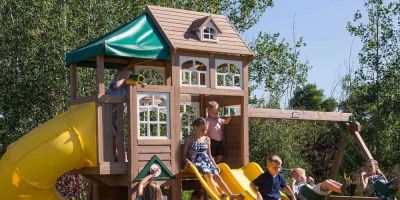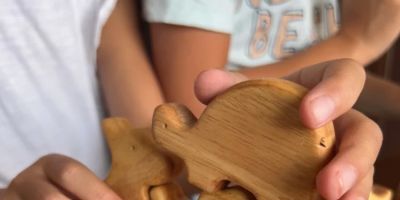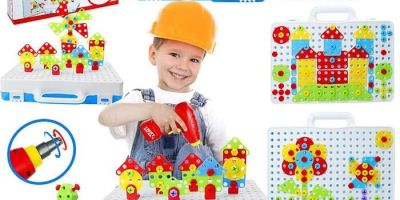- 1-Why-Sharing-Is-Important-for-Kids
- 2-How-to-Use-Toys-to-Teach-Sharing-Skills
- 3-Top-Types-of-Toys-That-Encourage-Sharing
- 4-Interactive-and-Cooperative-Play-Toys
- 5-Real-Life-Examples-of-Sharing-Through-Play
- 6-Choosing-the-Right-Toys-for-Your-Child
- 7-Where-to-Find-Best-Sharing-Toys
1. Why Sharing Is Important for Kids
Teaching children how to share is a vital part of their social and emotional development. Sharing promotes empathy, patience, and cooperation—skills that help children build meaningful relationships throughout life. Learning to share also reduces conflicts and encourages positive communication with peers and family members.
Parents and educators recognize that sharing doesn’t come naturally to many children, especially toddlers who are still developing self-control. Therefore, using toys that foster sharing can transform this challenge into an engaging learning opportunity.
2. How to Use Toys to Teach Sharing Skills
Toys provide a natural context for children to practice sharing. When playing with others, kids learn to take turns, negotiate, and understand others’ feelings. Adults can facilitate this learning by encouraging cooperative play, modeling sharing behavior, and praising efforts.
Setting clear expectations and creating a positive environment makes it easier for children to grasp the importance of sharing. Using toys that require teamwork or turn-taking makes the lessons concrete and fun.
3. Top Types of Toys That Encourage Sharing
Certain toys are especially effective in promoting sharing skills. These include board games designed for young children that require players to alternate turns, puzzles that multiple kids can work on together, and building blocks that encourage collaborative creativity.
Other popular options are role-playing sets like kitchen or doctor kits where kids share props and create stories cooperatively. These toys stimulate imagination while nurturing social interactions.
4. Interactive and Cooperative Play Toys
Interactive toys such as electronic games or musical instruments with multiple players encourage communication and joint participation. Cooperative play toys require children to work towards a shared goal, teaching problem-solving and compromise.
Examples include team-based construction sets, group art projects, or cooperative board games where success depends on working together rather than competing against each other.
5. Real-Life Examples of Sharing Through Play
Emma’s story illustrates the power of sharing toys. As a shy preschooler, Emma struggled to play with classmates until her teacher introduced a cooperative building set. Gradually, Emma began to share pieces, take turns, and communicate, leading to stronger friendships and confidence.
Such stories highlight how the right toys and guidance transform children’s social skills and make sharing a joyful part of playtime.
6. Choosing the Right Toys for Your Child
When selecting toys to help kids learn how to share, consider age appropriateness, interests, and the social context in which your child plays. Toys that are too complex or too simple may frustrate or bore children, reducing their effectiveness as sharing tools.
Observing your child’s play style and introducing toys that naturally invite cooperation can yield the best results. Consulting with early childhood experts or educators can also guide your choices.
7. Where to Find Best Sharing Toys
For families looking for high-quality, educational toys that promote sharing and social skills, Knight Toys offers a curated selection tailored to children’s developmental needs. Their expert recommendations and variety of interactive, cooperative toys make it easier for parents to find the perfect tools for nurturing sharing behaviors.
Visit Knight Toys to discover the best toys for helping kids learn how to share and foster lifelong social skills through play.





